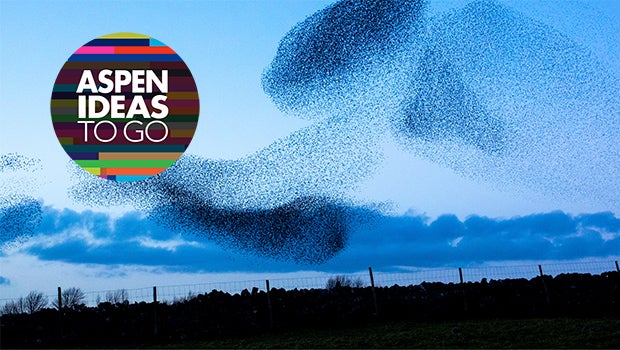When the world chess champion Garry Kasparov was beaten in 1997 by Deep Blue, an I.B.M. supercomputer, it was considered to be a major milestone in the march toward artificial intelligence. It probably shouldn’t have been. As complex as chess is, it’s easy to see that its rules can be translated into algorithms so that computers, when they eventually got enough processing power, could crunch through billions of possible moves and past games. Deep Blue’s calculations were a fundamentally different process, most people would say, from the “real” thinking and intuition a human player would use.
Clive Thompson, a Brooklyn-based technology journalist, uses this tale to open “Smarter Than You Think,” his judicious and insightful book on human and machine intelligence. But he takes it to a more interesting level. The year after his defeat by Deep Blue, Kasparov set out to see what would happen if he paired a machine and a human chess player in a collaboration. Like a centaur, the hybrid would have the strength of each of its components: the processing power of a large logic circuit and the intuition of a human brain’s wetware. The result: human-machine teams, even when they didn’t include the best grandmasters or most powerful computers, consistently beat teams composed solely of human grandmasters or superfast machines.

